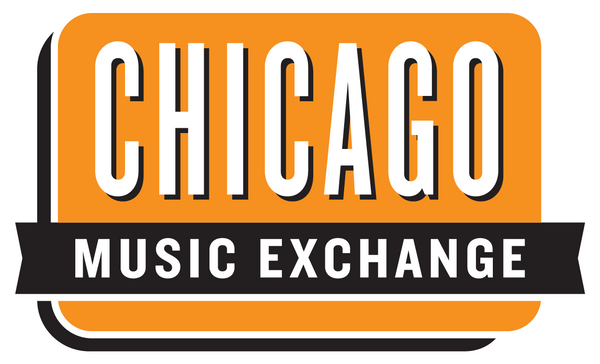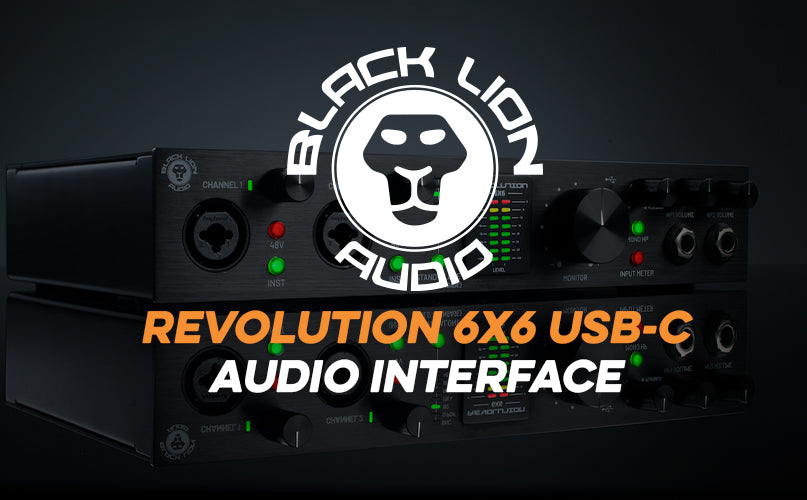Gibson Les Paul Standard Sunburst 1959 at
the Chicago Music Exchange

Right now, at this very moment, we have three authentic Bursts. We thought we'd take the time to tell you about them, and just what makes these beautiful guitars so important.
The Burst evolved out of Gibson's very first solid-body guitar, the 1952 Les Paul. Issued initially as a Gold Top, the Les Paul got a new look in 1958, when Gibson introduced a new model with a sunburst finish: the Les Paul Standard. Coloring the solid Honduran mahogany bodies with aniline dye, Gibson's Les Paul Standards featured a deep red hue that, with time, would react to ultraviolet light and other environmental conditions to bleed, fade, and otherwise change. Our '59 Burst, '60 Burst, and '60 "Scarface" Burst are excellent examples of this landmark guitar and beautifully illustrate how each early Burst is different from any other, both visually and sonically.
While the Les Paul was changing with almost every year since it's initial release, the debut of the Les Paul Standard in 1958 is perhaps the most significant and substantial change to the legendary model, made more so by the 1957 introduction of the humbucker.
Designed to "buck the hum" of the P90 single-coils Gibson installed on all Les Pauls until this point, Seth Lever's "PAF" humbucking pickups ditched the noise altogether, contributing a signature, high-output tone that is generally agreed to be the essence of the Les Paul sound.
THE DETAILS

Finish: Original
Top Material: Maple Top
Body Material: Mahogany Body
Body Details: One piece mahogany solid body with two piece maple cap.
Neck Material: Mahogany Neck
Fingerboard Material: Brazilian Rosewood
Neck Profile: Medium "C"
Neck Thickness (IN): 1st- .90" 12th- .98"
Fingerboard Radius: 12.00
Nut Width: 1-11/16"
Scale Length: 24-3/4"
Neck Details: One piece mahogany neck with bound Brazilian rosewood board and trapezoid inlays.
Electronics: Original PAF pickups and original wiring harness with 1959 pot codes and bumblebee capacitors. The neck pickup has a double black bobbin and the bridge pickup has a double white. Because the guitar was built with a Bigsby, the ground wire from the treble side tail piece stud was never soldered in place. It was simply wrapped around the leads inside the control cavity and remains that way today.
Pickup Measurements: Neck 7.8k ohms, bridge 8.0k ohms
Hardware: The guitar came from the factory originally with a Bigsby. It would have had pearloid dots over the tail piece studs. The original Bigsby is missing and era correct tail piece studs and stop tail have been installed. The rest of the hardware is original.
Weight: 9 lbs 5.4 oz


Cosmetic Condition: The guitar has wear commensurate with its age. The hardware is nicely tarnished. The finish is glossy with light checking and light scuffs and scratches throughout. The face of the headstock has light checking. There is light wear around the edges of the overlay. The back of the headstock has minimal checking and several light dents. There is wear around the edges, particularly at the tip, above the serial number. The serial number is lightly faded, but fully legible. The back of the neck is glossy with light checking and scuffs along its length. There are several small dents in the neck above the heel and opposite the 12th fret (probably from the case or a guitar stand). The back of the body is glossy with moderate buckle rash and wear around the edges. The top of the body is glossy with light scuffs and scratches throughout. There are two holes drilled in the top from the Bigsby.
Case Details: Original hard shell case.
Modifications / Repairs: The factory original Bigsby has been removed. Era correct studs and stop tail piece have been installed. There are several filled holes around the rear strap button from the original Bigsby mounting screws. There are three open holes in the same area from a later Bigsby that was installed (see pictures). One of the two snake bite Bigsby holes on the top has been dowelled and redrilled. The are two very small black finish touchups on the face of the headstock. One near the truss rod cover on the bass side, and the other at the treble side corner of the tip of the headstock.
Tech Notes: The guitar plays well with low action. The original frets are wide with medium height and light play wear. The serial number dates to 1959.

SHOP GIBSON GUITARS
Related Posts
Ibanez | 2024 New Releases
Ibanez is bringing a whole new array of products for 2024, with tons of new models and colorways! Whether you’re a die-hard shredder, a lifelong blues player, or lean towards...
Read moreVintage Vibes | 1838 Martin & Bruno Parlor Guitar
Check out Daniel and Nathaniel discussing the backstory behind this extraordinarily playable, uber-rare vintage 1838 Martin & Bruno acoustic, then hear how this historical instrument from the Chinery Collection sounds...
Read moreBlack Lion Audio | Revolution 6x6 USB-C Audio Interface
Featuring two front-mounted inputs with a dedicated Instrument setting for low-impedance sources, like guitars and basses, the Black Lion Audio Revolution 6x6 USB-C interface is Chicago-built, made especially for guitar...
Read more


